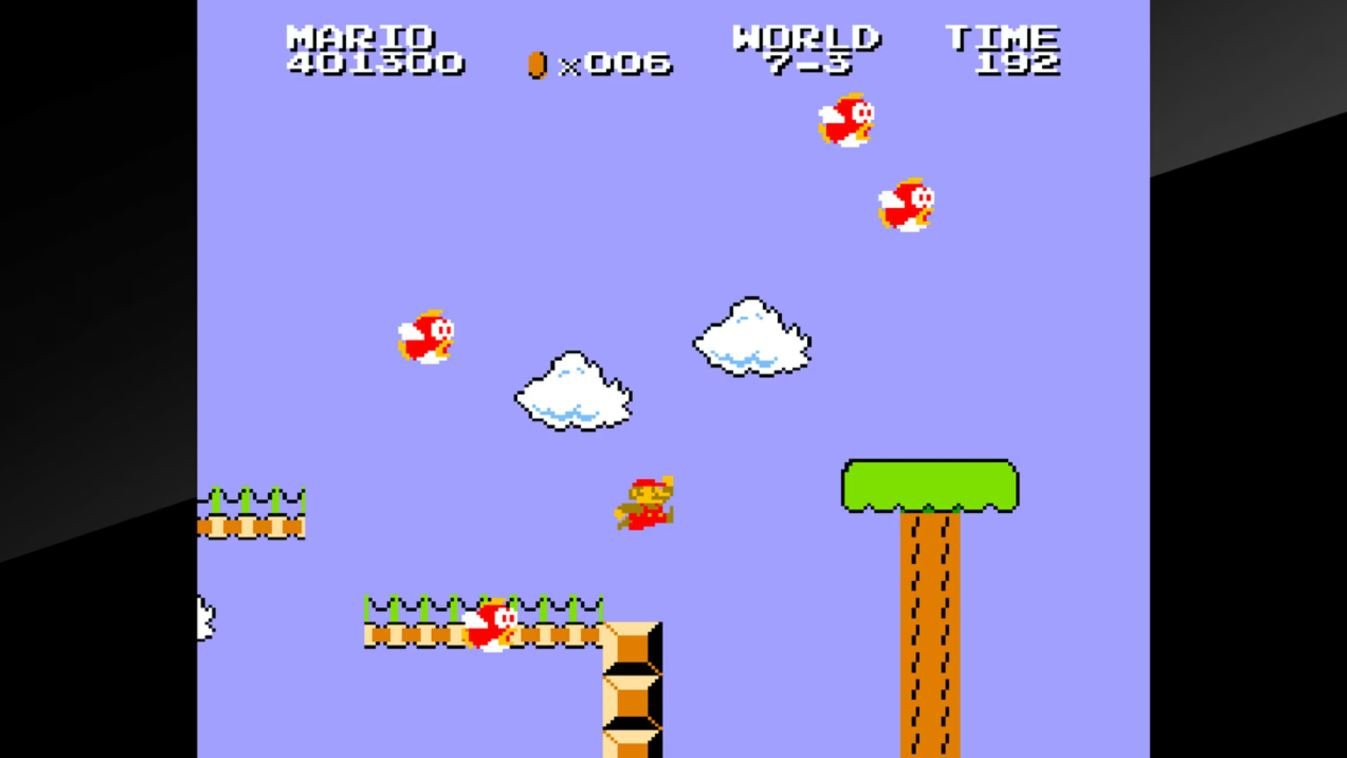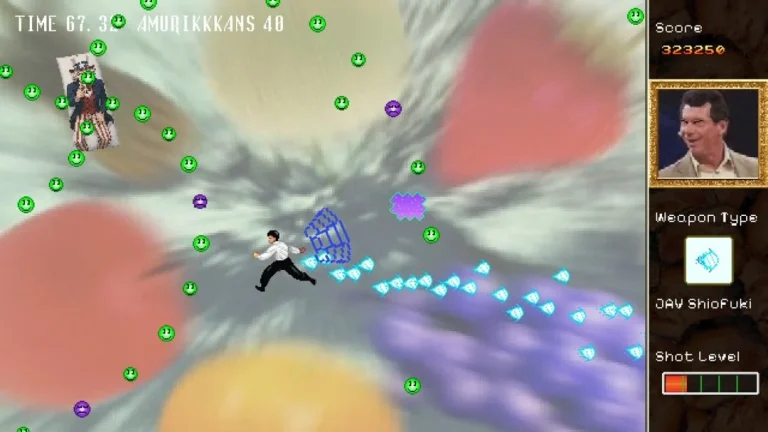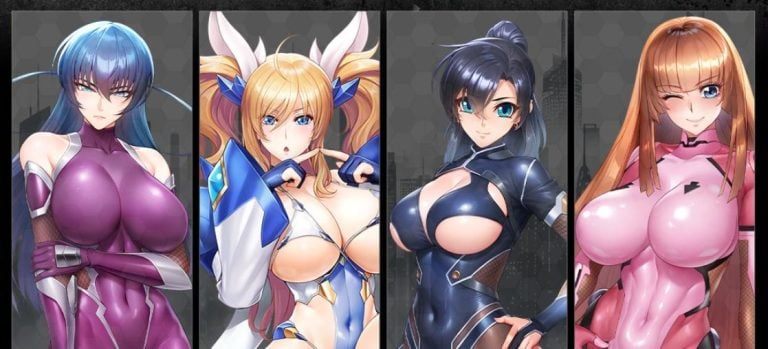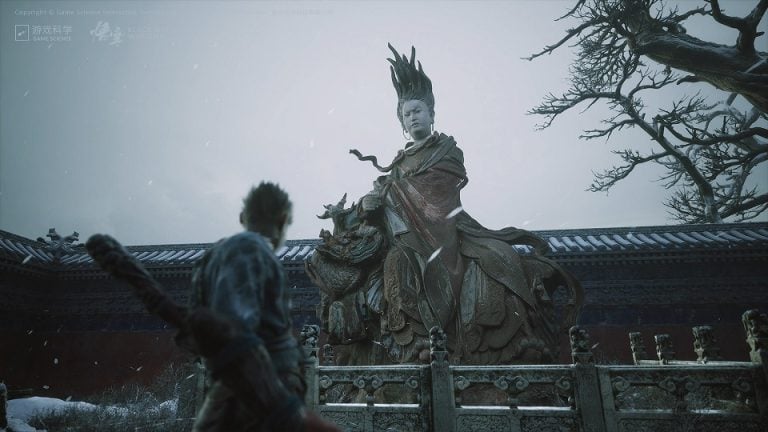Independent game creator and Nintendo veteran Takaya Imamura recently shared musings about his former colleague Shigeru Miyamoto – acclaimed creator of the Mario and Legend of Zelda series. Commenting on Miyamoto’s excellence as a game designer, Imamura says, “Mr. Miyamoto studied industrial design at an art university, and he views games as ‘products,’ not ‘works of art.’ I think this perspective is what leads to game development that’s more aligned with the user.”
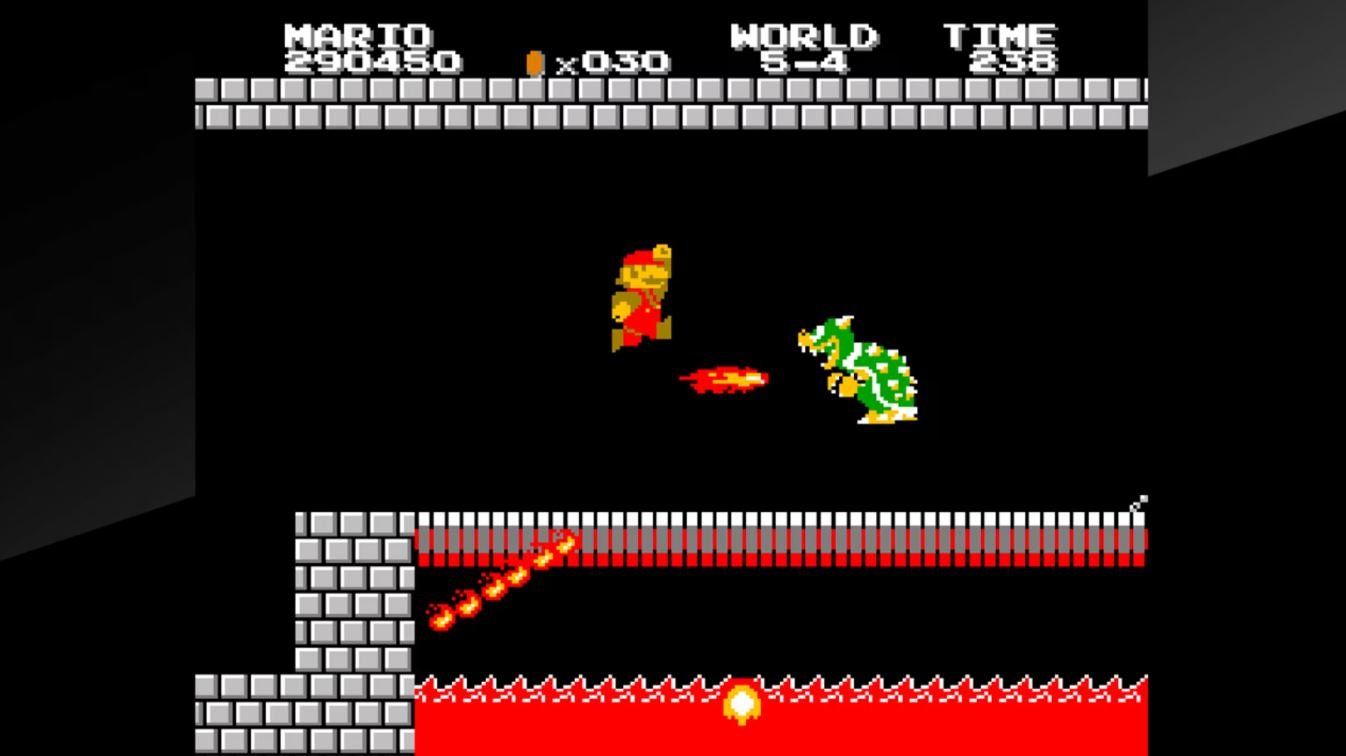
Miyamoto himself has often talked about this “consumer-driven” approach, and as Imamura mentions, prior to joining Nintendo, Miyamoto earned a degree in industrial design at the Kanazawa College of Art. As opposed to unique works of art, industrial design pursues both functionality and design within various constraints related to cost, mass-production and user-friendliness. True to his academic background, Miyamoto was more interested in coming up with ideas and new concepts for commercial products, and when he first joined Nintendo, he was initially in charge of designing things like educational toys, playing cards and McDonalds’ toys (source: 4Gamer).
But as Nintendo entered the game industry in earnest, Miyamoto applied this mindset to video game design. As he analyzed what made people in arcades keep replaying hits like Space Invaders, one of the answers he arrived at was that their design made it obvious what you’re supposed to do, regardless of who’s playing. In pursuit of a similar hit, Miyamoto came up with Nintendo’s breakthrough title Donkey Kong, with the simple, self-contained design of “gorilla runs away with girl = you have to chase after her through the obstacles.”
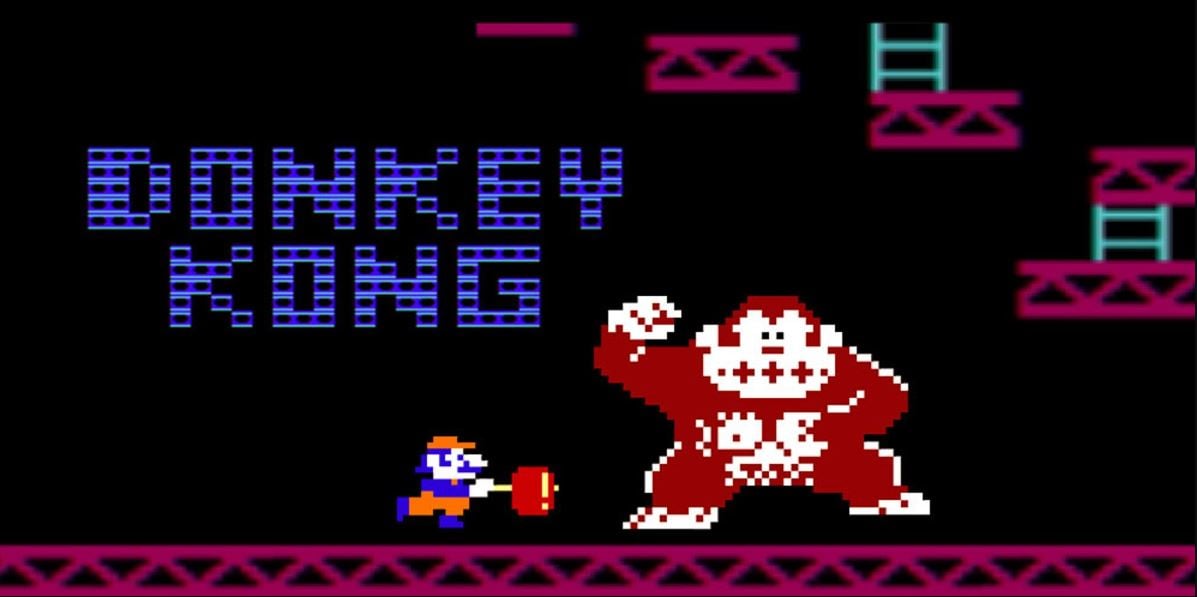
Throughout his career, Miyamoto developed this heavily consumer-oriented approach to game development. Late Nintendo CEO Satoru Iwata described how Miyamoto would test his own design choices by finding someone who knew nothing about his game, handing them a controller, and just watching them from behind without a single word of explanation.
“He watches them play and checks in detail how they respond, playing it without any previous knowledge. He finds out what they don’t understand, what they let past, which triggers they miss. […] However experienced he may be, he never drops the notion that “if the players don’t understand it, there’s fault in the design I made.” (source: Hobo Nikkan Itoi Shinbun)
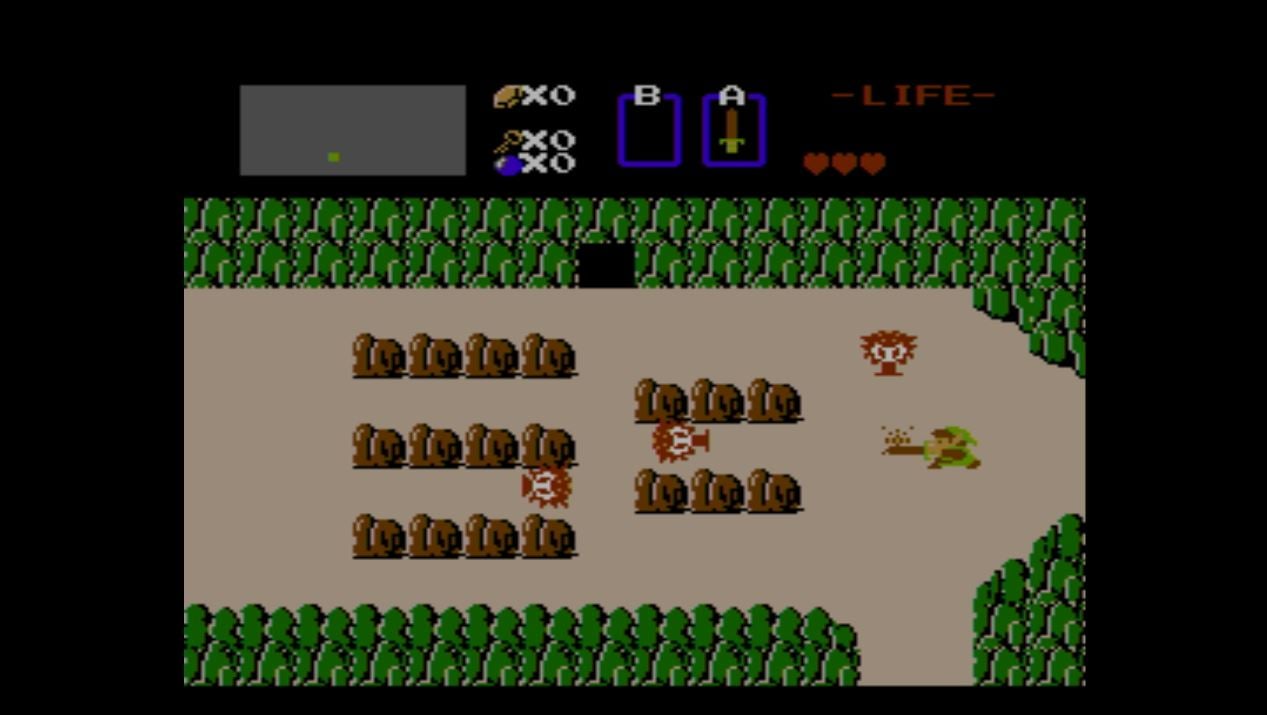
As for Miyamoto’s nature as a creator, Iwata once commented that he is often misunderstood as a very artistic person who spontaneously comes up with ideas through bursts of inspiration – but that this is not at all the case. “Mr. Miyamoto is extremely logical. But that’s not all. He has both a very left-brained, logical way of thinking and the kind of wild, imaginative ideas that someone who studied art would have.” Meanwhile, Miyamoto himself has humbly denied being a genius, emphasizing that his approach to creating entertainment is in fact, very methodical.
While game design has come to be widely recognized as an art form – and games as works of art, intertwining with other fields like filmography – Miyamoto and Nintendo have stuck to this notion of games as a product throughout the years. You could argue that this is merely a matter of semantics, as some of the main things Nintendo values, like level design and fun mechanics, may as well be called “art.” However, the underlying difference seems to be in the “intent” to create an interactive toy for the customer’s entertainment, rather than a product of the creators’ artistic vision.

